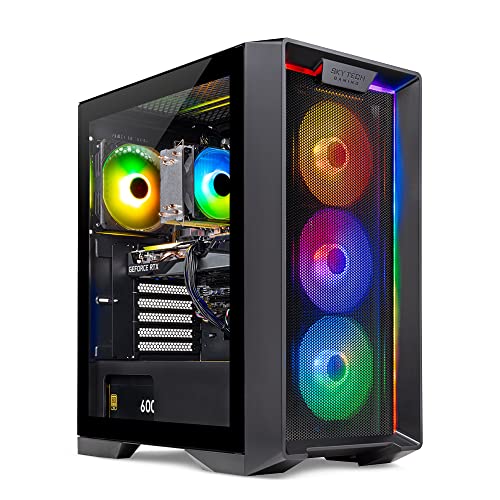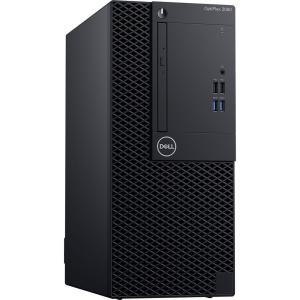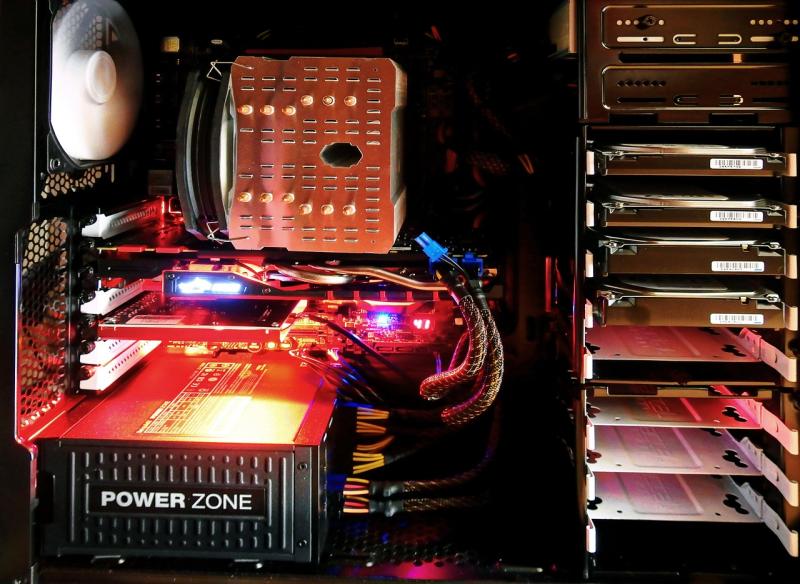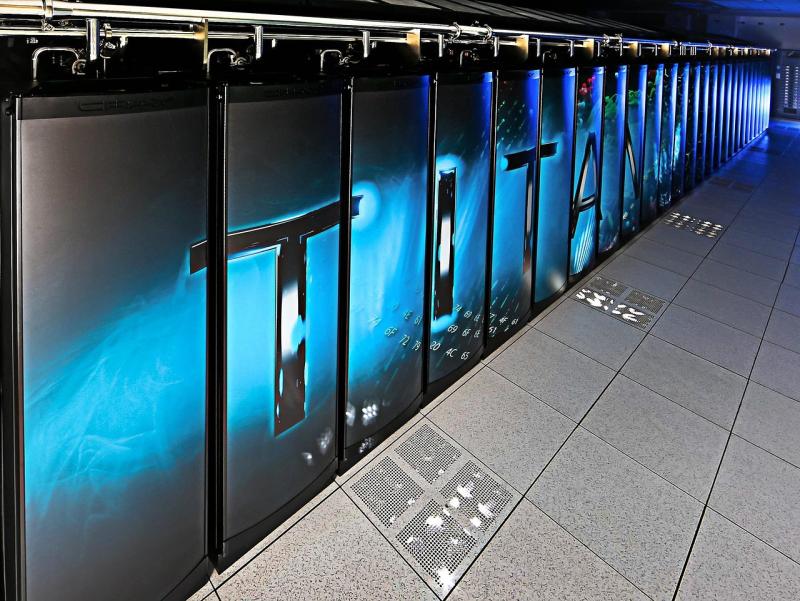**Introduction**
The boundaries between gaming, virtual reality (VR), and augmented reality (AR) have blurred as PC hardware continues to evolve. Today’s systems are designed not only to deliver stunning graphics and the fastest frame rates but also to create immersive, interactive experiences that transport users into entirely new worlds. In this article, we explore the evolution of immersive hardware—from high‑performance GPUs that render lifelike environments to low‑latency monitors and specialized VR peripherals—and how these technologies are redefining digital entertainment.
**Technological Innovations**
- **VR‑Ready GPUs and Displays:**
Cutting‑edge graphics cards now support real‑time ray tracing and high‑refresh‑rate displays that eliminate motion blur, ensuring immersive VR experiences that are both realistic and responsive.
- **Low‑Latency Hardware:**
Advanced CPUs, integrated with ultra‑fast DDR memory and optimized network interfaces, minimize lag and ensure that virtual environments react in real time.
- **Haptic Feedback and Motion Tracking:**
Peripheral innovations in haptic feedback and precise motion tracking enable natural interactions in VR/AR environments, enhancing the sense of immersion.
- **Integrated Ecosystems:**
The close integration of hardware and software—from middleware that bridges local and cloud processing to APIs that synchronize VR peripherals—creates seamless, unified experiences across multiple devices.
**Applications and Benefits**
- **Immersive Entertainment:**
Gamers enjoy deeply engaging experiences with fluid visuals and responsive environments, making every game a captivating journey.
- **Professional Simulation & Training:**
Immersive hardware is revolutionizing fields such as medical training, engineering simulations, and virtual prototyping, enabling safe and effective skill development.
- **Collaborative Virtual Workspaces:**
Enhanced VR/AR systems allow teams to collaborate in interactive, digital environments, bridging the gap between physical and virtual workplaces.
- **Consumer Immersion:**
For home entertainment, integrated systems provide true‑to‑life visuals and interactive experiences that redefine streaming and media consumption.
**Future Directions**
Future hardware developments will likely include full integration of AI‑driven adjustments that personalize the immersive experience based on user motions and preferences. Expect further breakthroughs in haptic feedback, augmented reality glasses, and fully wireless VR systems that offer even more freedom and realism.
**Keywords:** immersive hardware, VR gaming, augmented reality PC, low‑latency, high‑refresh rate, haptic feedback, motion tracking, immersive experiences, digital simulation
From Gaming to VR
The Evolution of Immersive PC Hardware
Related Articles
Essential High-Performance PC Components You Need Now
Upgrade your setup with the must-have parts for unbeatable gaming and productivity
Top Picks for Best High-Performance PCs
Find the perfect power machine for gaming, work, or creative projects
Your Guide to the Best High-Performance PCs
Find the Right PC for Your Gaming and Creative Needs
View our related products
See more






